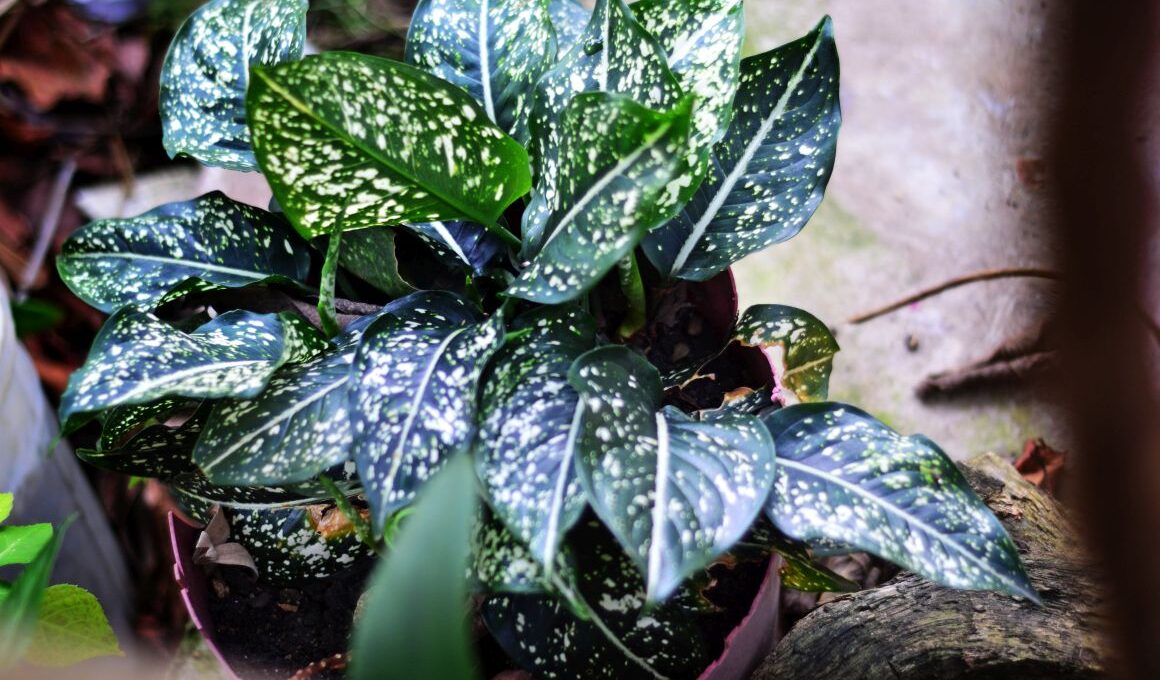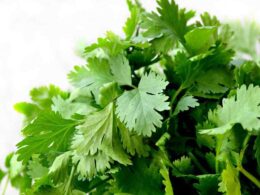In this guide, we will discuss everything you need to know about polka dot plant care. We’ll talk about the best way to water and fertilize your plants, as well as how to deal with common problems like pests and diseases.
What Is a Polka Dot Plant?
The polka dot plant, also known as Hypoestes Phyllostachya, is a popular houseplant that is known for its distinctive leaves (oval-shaped foliage). It is a tropical perennial that is native to Madagascar. The leaves are covered in small dots or splotches of color, typically pink, red, or white. The plant does best in bright, indirect light and should be allowed to dry out between watering. Although it is not a particularly demanding plant, the polka dot plant can be susceptible to leaf spotting if the leaves become too wet. With proper care, the polka dot plant can add a splash of color to any indoor space. The plant typically grows to be about 12 inches tall. While the polka dot plant is often grown as a houseplant, it can also be used in annual beds and borders. The plant blooms in the spring and summer, and its flowers range in color from white to pink to purple.
Watering & Fertilizing
As with most houseplants, the key to success with polka dot plant care is proper watering. Allow the soil to dry out completely between waterings, and then water thoroughly until water runs out of the drainage holes in the bottom of the pot. Be sure to empty any excess water from the saucer after watering. Polka dot plants are not heavy feeders, so you only need to fertilize them once or twice a year with a general-purpose houseplant fertilizer. If you notice that your plant is starting to look pale or yellow, this is an indication that it is time to fertilize. The best time to fertilize is in the spring and summer, when the plant is actively growing. You can use either a liquid or granular fertilizer that is specifically designed for houseplants. Be sure to follow the instructions on the fertilizer package, as too much fertilizer can actually damage the plant.
Light
Polka dot plants do not need direct sunlight. In fact, they prefer bright, indirect light. Direct sunlight can cause the leaves to scorch, so it is best to avoid placing them in a spot where they will receive direct sun for more than a few hours each day.
Pests & Diseases
Polka dot plants are relatively resistant to pests and diseases, but they can occasionally be troubled by aphids, mealybugs, or whiteflies. These pests can usually be controlled with a general-purpose insecticidal soap. If your plant is affected by a disease, the best course of action is to remove any affected leaves and dispose of them in the trash. Be sure to sterilize any pruning tools that you use to prevent the spread of disease.
Cleaning Polka Dot Plants
When it comes to cleaning and pruning Polka Dot Plants, there are a few things to keep in mind. First, the plant benefits from being trimmed back after it blooms. This will help to encourage new growth and keep the plant looking its best. Second, the leaves of the polka dot plant can be cleaned with a damp cloth or sponge. Be sure to avoid using any harsh chemicals or cleaners on the leaves, as this can damage them. If you need to remove any dead or dying leaves, simply snip them off with a pair of sharp scissors.
Common Problems of the Polka Dot Indoor Plant
Some common problems with polka dot plants include root rot, leaf spot, and powdery mildew. These problems can usually be avoided by ensuring that the plant has well-draining soil and by avoiding overwatering. If you do notice any of these problems on your plant, be sure to remove any affected leaves and dispose of them in the trash.
Is Losing Leaves Normal?
Yes, it is perfectly normal for polka dot plants to lose their leaves. In fact, it is often necessary in order to encourage new growth. If you notice that your polka dot plant is starting to lose its leaves, simply trim them back with a pair of sharp scissors.
Polka Dots Tend to Get Leggy
A common issue with polka dot plant care is that these tend to get leggy, meaning the stems become long and thin. This can be caused by several factors, including too much light or not enough fertilizer. One way to prevent leggy growth is to pinch back the stems regularly. Pinching means cutting off the tips of the stems, which encourages the plant to produce new growth further down the stem. As a result, the plant becomes fuller and bushier. Pinching also helps to prevent the plant from getting too tall. Regular pinching will keep your polka dot plant healthy and looking its best.
Propagating Hypoestes Phyllostachya
The best way to propagate polka dot plants is by stem cuttings. To do this, simply take a cutting from an existing plant and remove the bottom leaves. Next, dip the cutting in rooting hormone and place it in a pot of moistened perlite or sand. Be sure to keep the cutting out of direct sunlight and water it regularly.
Polka Dot Plant Care. Summary
With proper polka dot plant care, these can be long-lived and rewarding houseplants. Keep the soil humid and keep it away from direct light. By following the tips in this guide, you can enjoy these beautiful plants for many years to come. Thanks for reading! We hope you found this guide helpful. If you have any questions or comments, please feel free to reach out to us. Happy gardening!



















